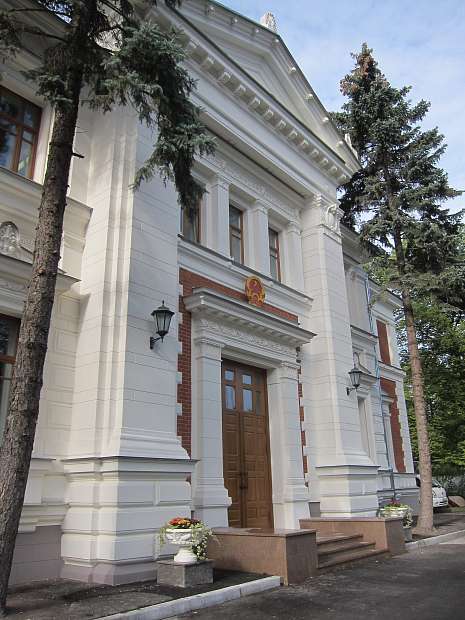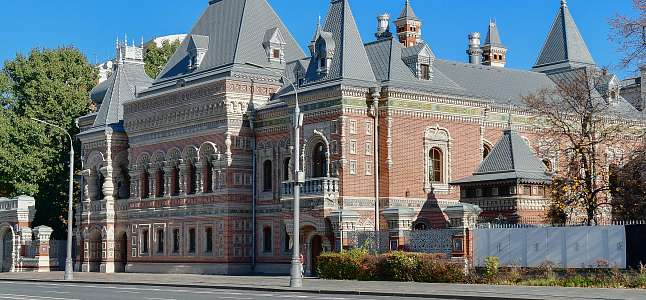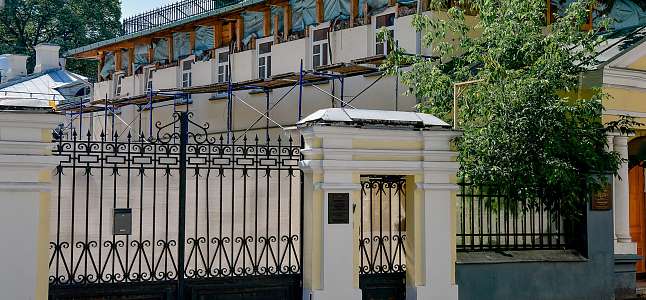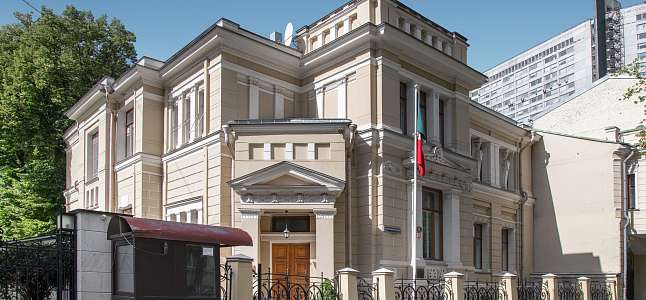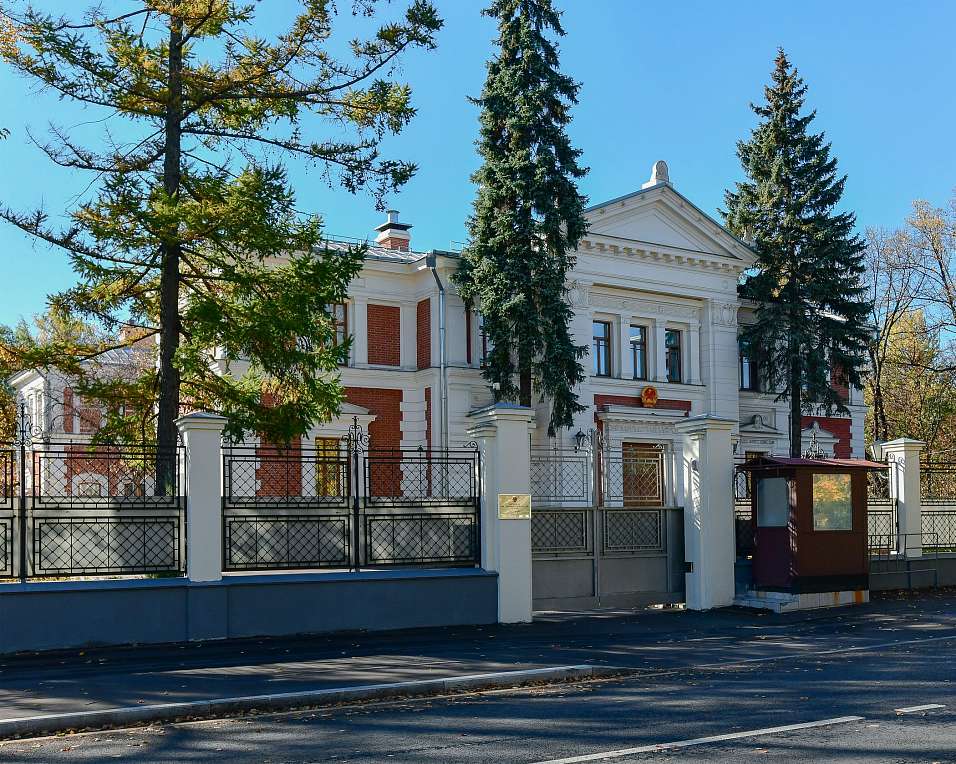
Building of the Shelter named after N. S. Mazurin

The building at 13 Bolshaya Pirogovskaya Street was designed for Moscow's first city orphanage. The house is located at the bend of the Moskva River, in the Khamovniki district, on the territory of the ancient Devichie Pole.
In the 18th century, the field was a place of mass festivities and amusements, and in the 19th century, it was favored by the Moscow aristocracy for recreation. At the end of the 19th century, what was then Bolshaya Tsaritsynskaya Street experienced rapid development of public buildings for various purposes: schools, kindergartens, and orphanages for children, as well as hospitals and medical institutes, which were part of the Moscow University complex of clinics. It is where the eminent surgeon N.I. Pirogov worked, after whom the street was renamed in Soviet times.
In 1891, the Moscow City Administration decided to build an orphanage here. It opened in 1885. Money for the building was donated by the Frenchwoman M. Charbonneau, widow of the merchant and benefactor Nikolai Mazurin, after whom the institution was named. The donation amount was considerable – 200,000 rubles and 60 shares of a merchant bank worth 80,000. The orphanage was intended for 100 children – 50 boys and 50 girls. Children from five to nine years of age of all estates and religions were admitted, the only condition being that they had lived in Moscow for at least two years. On reaching school age, children were enrolled in the nearest city school, staying at the orphanage until the age of twelve.
The shelter was designed by renowned urban architect Illarion Ivanov-Schitz. He is the author of the Moscow Merchant Club building on Malaya Dmitrovka (Lenkom Theatre), the Morozov Children's Hospital, and many other public buildings.
The layout of the building was not lavish but included all the essentials. On the second floor, there were two large dormitories for boys and girls, each for 50 people, washrooms, and educators' apartments. The lower floor had a large playroom, a study room, a hospital room, a common dining room, a kitchen, and servants' quarters. A similar building can be seen in the film The Republic of ShKID set in an existing St. Petersburg school named after Dostoevsky.
After 1917, the Mazurin orphanage was turned into a public school.
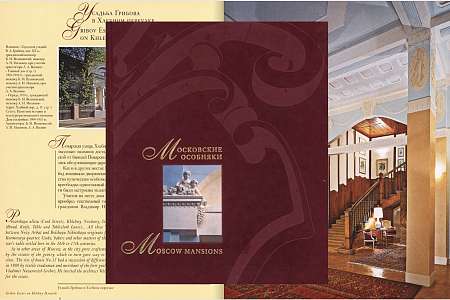
Restoration (2013)
The facades have been restored to improve the building's performance and recreate its historical appearance. The main objective in the development of the façade restoration project was to recreate as much as possible the historical characteristics, raise the status and improve the performance of the building based on the planned (restoration) assignment, as well as the Customer's technical assignment.
The project involved the high-quality restoration of facades, preserving the composition and architectural and artistic design of all facades from the 1890s, including the plaster mouldings, pediments, pilasters, arches, floor cornices and crowning, friezes, window and door frames, the original color scheme.
The project restores the original color of the façade walls, recreates the lost acroteria-shaped roof top, and repairs and renovates elements of the façade decor.



